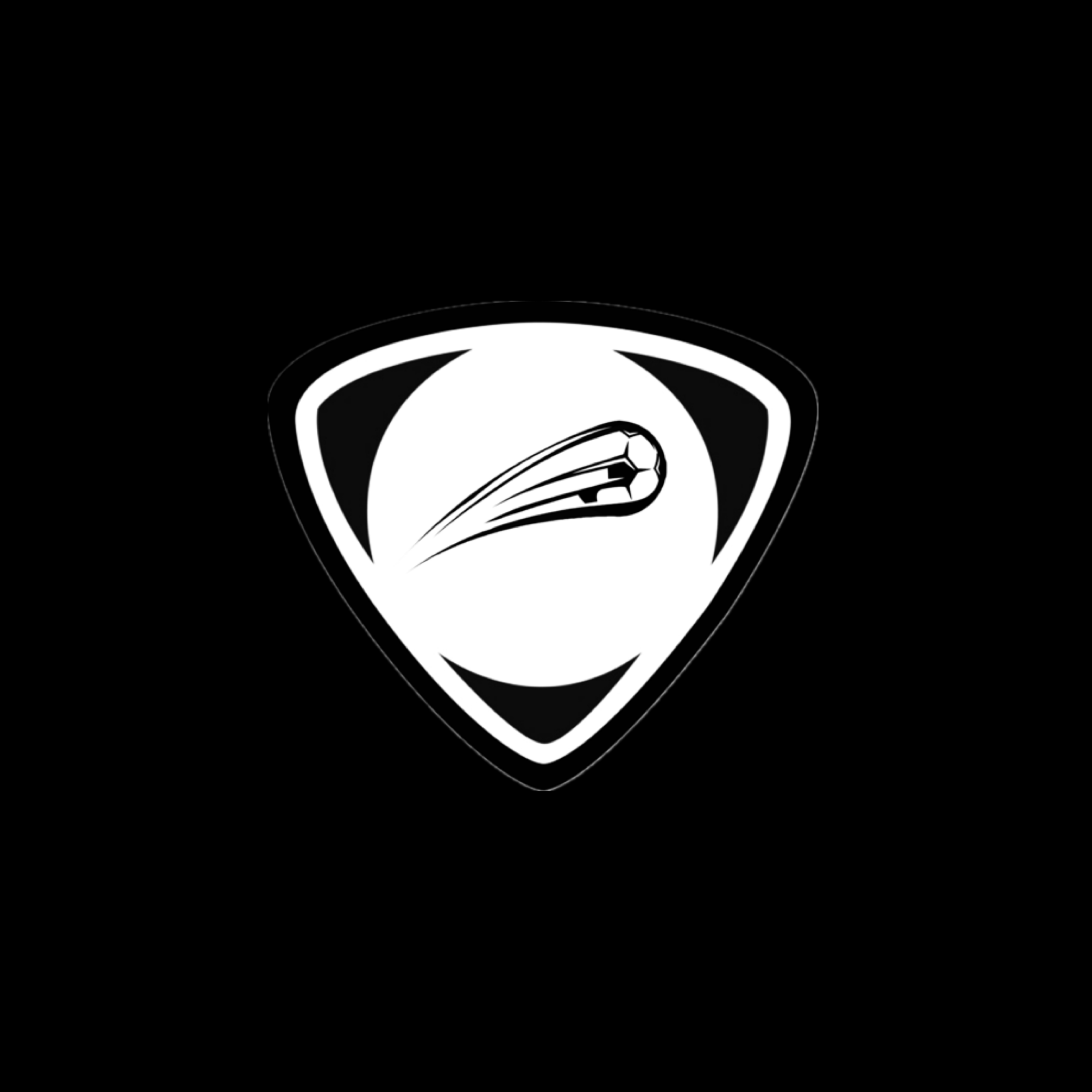Positions
- dixonbrucefootball

- Jun 24
- 2 min read
In football each of the 11 players on a team has a specific role aimed at maintaining team structure, defending against opponents, and creating or converting scoring opportunities. Here’s a breakdown of the primary roles for each player, typically arranged in a 4-3-3 or 4-4-2 formation:
1.
Goalkeeper
The goalkeeper is the last line of defense and the only player allowed to use hands within the penalty area. Their main role is to prevent goals by saving shots, catching crosses, and organizing the defense. They often start attacks with throws or kicks and must have good communication, reflexes, and decision-making skills.
2.
Right Back
The right back is a defender positioned on the right side of the back line. Their job is to block opposing wingers, intercept passes, and stop crosses. Modern full-backs also join in attack by overlapping the winger, providing width and crossing into the box.
3.
Left Back
Like the right back, the left back defends the left side of the pitch. They support central defenders, mark wingers, and contribute to the attack by advancing forward and delivering balls into the penalty area. Speed, stamina, and tackling are key qualities.
4.
Centre Back
There are typically two center backs, often called the right center back (4) and left center back (5). Their main duty is to defend the area in front of the goal, mark strikers, clear aerial threats, and block shots. They must be strong, good in the air, and positionally aware. One may act as a “sweeper,” covering behind the other.
5.
Defensive Midfielder
The defensive midfielder, or holding midfielder, shields the back line by breaking up opposition attacks, winning tackles, and intercepting passes. They distribute the ball to more attacking players and often dictate the tempo of play. Tactical discipline and passing accuracy are vital.
6.
Central Midfielder
The central midfielder operates box-to-box, helping in both defense and attack. They link the defense with the offense, create passing angles, and often contribute goals and assists. This role requires vision, stamina, and versatility.
7.
Attacking Midfielder
Often the most creative player, the attacking midfielder (or playmaker) plays just behind the strikers. They are responsible for key passes, through balls, and sometimes goals. Flair, vision, and technical skill define this role.
8.
Right Winger
The right winger stays wide on the right and looks to beat defenders with pace and skill. Their role includes crossing, cutting inside to shoot, and stretching the opposition defense. They must be quick and able to deliver accurate balls into the box.
9.
Left Winger
Similar to the right winger, the left winger operates on the left side, providing width and attacking threat. They may also switch flanks or cut inside to shoot with their stronger foot. Dribbling and finishing ability are essential.
10.
Striker
The main goal-scorer, the striker plays closest to the opponent’s goal. They must be able to hold up the ball, finish chances, and create space. Physical strength, positioning, and clinical finishing define this role.
Together, these 11 players work as a cohesive unit to control the game, defend their goal, and score.



Comments